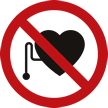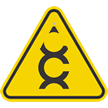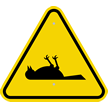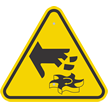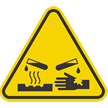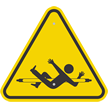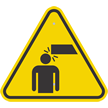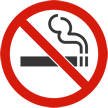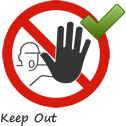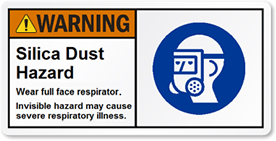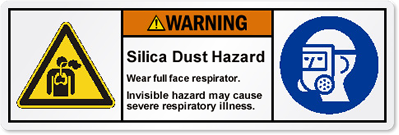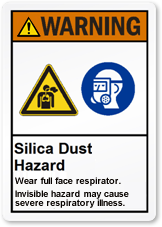Use of Symbol Labels Alone
Can we use a symbol by itself? Many symbols, in isolation, are not understood. A symbol, itself, does not mean your warning is adequate. Too many times, symbols are used without thought – as if a symbol alone lets you off the hook. "I have done my job and have given adeguate warning."

In one tragic international case, the classic skull and crossbones symbol (see below) did not mean “poison” for the targeted audience (poor Iraqi farmers). To these farmers the symbol, if anything, meant that this wheat seed was specially powerful – and not laced with poisonous fungicide. The result was over 400 deaths after farmers unsuspectingly ate the wheat.



Reinforcing text and, mainly, training is necessary. Abstract symbols, especially, are subject to misinterpretation. Literal symbols, in contrast, can become cartoonish and too singular in their depiction of a hazard.

